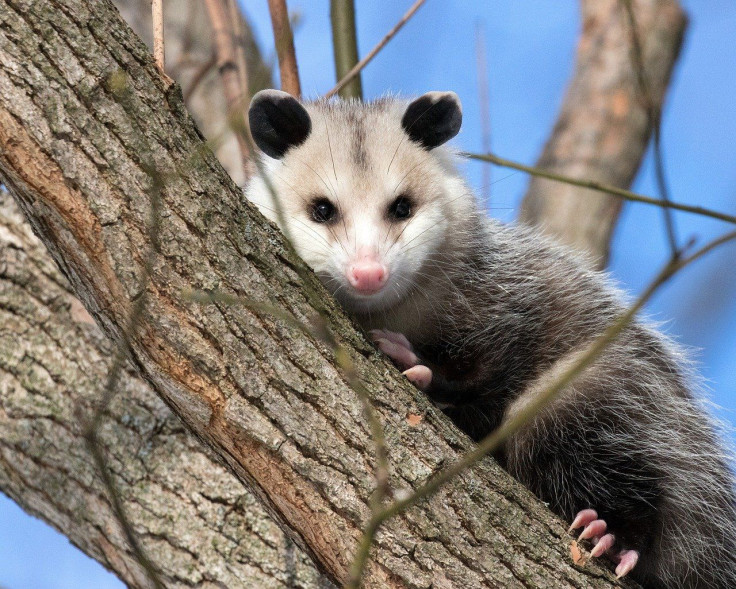Why There Are More Animals From North America In South America Than Vice Versa
KEY POINTS
- There was an exchange of animals from North and South America during the GABI
- Why there were more animals of North American origin in South America than vice versa has been a mystery
- A team of researchers may have found an explanation for the disparity
- It's possible that many South American mammals actually went extinct
Why are there more South American animals of North American origins than North American animals of South American origin? A team of researchers found a possible explanation for the long-held puzzle.
The American continents weren't always connected but tens of millions of years ago when the land bridge of Panama formed and connected North and South America, there was an exchange of animals between the once separated lands. Called the Great American Biotic Exchange (GABI), it is considered as one of the greatest biogeographical events.
However, one thing that has been puzzling paleontologists about GABI is why there are more South American animals of North American origins than vice versa.
"This asymmetry puzzle has long-remained an unanswered riddle in the field of biogeography," the researchers of a new study wrote.
And even today, the effects of this asymmetry can be observed. As the Smithsonian Tropical Research Institute (STRI) news release notes, nearly half of living South American mammals are of North American origins but only 10% of North American mammals are of South American origins.
There are several possible explanations for the disproportion, but the prevailing belief is that there was a "higher origination" of immigrant mammals in South America.
To find out why the exchange was this disproportionate, a team of researchers analyzed nearly 20,000 fossil data from the two continents and found that the origination from the two continents are actually similar but, the native South American mammals displayed higher extinction rates.
In other words, there were eventually fewer South American animals to move northwards because many of them went extinct.
"As result of the high extinction rate in South America during the Pliocene, the diversity of native taxa was 50% less than in North America during the peak of the GABI in the Pleistocene," the researchers wrote.
What caused the extinction? The researchers also found that this might be related to the migration of North American predators. If one compares North American and South American predators, South American predators are related to marsupials while the North American predators such as foxes and cats had more specialized teeth.

So when the North American predators arrived in South America, the southern mammals were exposed to predation and, eventually, extinction.
"We suspect that the emigration of so-called Carnivora to South America might have been one of the causes of the high extinction in South American mammals," study co-author Søren Faurby of the Gothenburg University in Sweden said in the STRI news release. "Carnivora appear to be more efficient predators than marsupials, potentially due to more specialized carnivorous teeth or larger brains, and many of the native South American mammals might not have been able to survive the invasion of more efficient predators."
As the researchers note in their study published in the Proceedings of the National Academy of Sciences (PNAS), the study shows how the event, which took millions of years to happen, helped shape the continents' diversity.
"This faunal exchange can be seen as a natural experiment: two continents, each with its own kind of animals were connected by a narrow land bridge, allowing massive migrations in both directions," study lead Juan Carillo of STRI said in the news release. "Our study shows how these migrations happened and that South American mammals had more extinctions. The effect of this exchange can be still seen today."
© Copyright IBTimes 2024. All rights reserved.





















